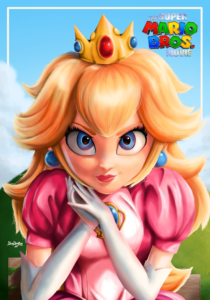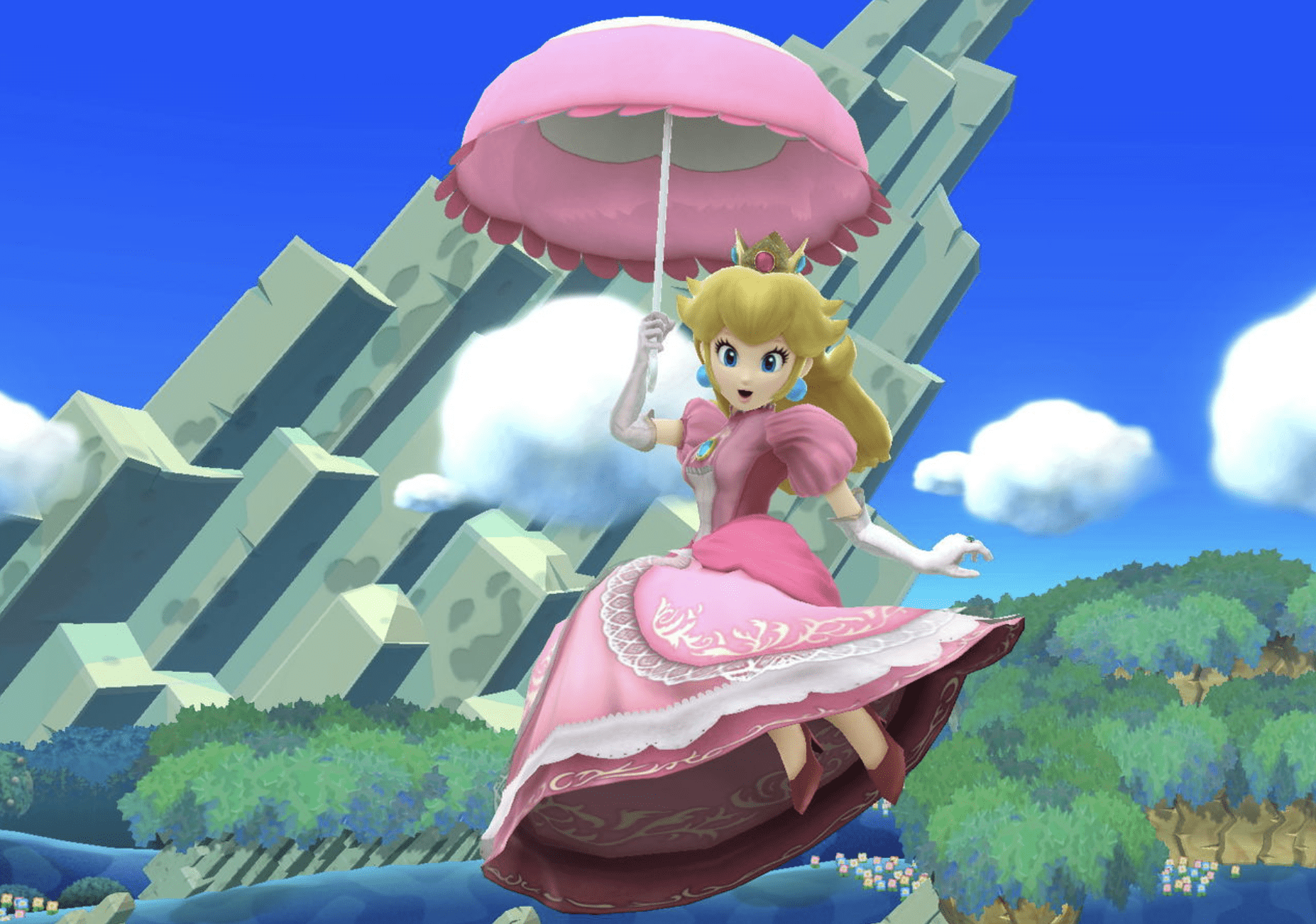 As a long-time player of Super Smash Bros (SMB), SMB has left an indelible mark on my early childhood days. As the only girl cousin next to 8 boys, I would spend countless hours were dedicated to traversing the Mushroom Kingdom. However, replaying the game now after doing the reading, it be comes clear that while certain aspects align with feminist theories, others fall short. In this blog post, I will explore what it meant to play Super Mario Bros as a feminist, critique the game’s portrayal of Princess Peach, and discuss how incorporating feminist perspectives could enhance the game.
As a long-time player of Super Smash Bros (SMB), SMB has left an indelible mark on my early childhood days. As the only girl cousin next to 8 boys, I would spend countless hours were dedicated to traversing the Mushroom Kingdom. However, replaying the game now after doing the reading, it be comes clear that while certain aspects align with feminist theories, others fall short. In this blog post, I will explore what it meant to play Super Mario Bros as a feminist, critique the game’s portrayal of Princess Peach, and discuss how incorporating feminist perspectives could enhance the game.
When I initially encountered Princess Peach in SMB, I was so excited to see a female character fighting against other male characters. Princess Peach, with her regal presence and benevolent nature, appeared to embody a symbol of female empowerment. Not only that, but she possess all the core movements other characters have like running, jumping, and attacking. However, I couldn’t help but notice Peach’s characterization as a passive damsel in distress, perpetually in need of rescue. Essentially, a lack on agency. In Chapter 4 of the reading, agency in respect to feminism and gaming is referred to as a ability to act within a mechanism, but also as the will to speak up against structures of power. This portrayal conflicted with my feminist ideals, as it reinforced traditional gender roles and implied that women lacked agency in their own liberation.
This aligns with my primary critiques of SMB, which revolves around the trope of the helpless princess, which undermines the potential for meaningful female representation and storylines. Princess Peach is reduced to a mere plot device, existing solely to fuel Mario’s heroic quest (I know that in other versions of Mario Bros Mario actually reveals his love interest, and so does Browser). This trope reinforces the notion that women are objects to be won or saved, rather than strong, independent individuals capable of taking charge of their own lives. You can see it in multiple levels in the game, starting by the aesthetics. The sound that Peach makes when attacking is a high-pitched squeal comparable to pretty delicate (and useless) little girls. Moreover, the use of the parasol as her mechanism to attack other players is degrading. While all the other characters can have swords, shields, and other weapons, Princess Peach attacking others with a pink umbrella is almost a joke. I wouldn’t be surprise if no male gamer had ever chosen to play Princess Peach in a SMB game because they would be embarrassed. This follows the critique in the reading about the urgency to use games to integrate a feminist narrative, instead of portraying them stereotypically as weaker and inferior, as we can see in SMB.

To improve Super Mario Bros from a feminist standpoint, several approaches could be considered based on Chapter 4. Firstly, the game could provide alternative narratives feminist narratives like one where Peach is not in need to be saved or always trying to be kidnapped, but one where she is the lead savior in the game. In Chapter 4, it was stressed that to tackle the gaming industry from the root, the narrative about how women are portrayed needed to change. Additionally, the game could explore themes of female empowerment and solidarity. By integrating feminist theories of intersectionality, it would be possible to portray a diverse range of female characters with varying strengths, backgrounds, and experiences. This would not only enhance gameplay but also resonate with a more inclusive and diverse audience (not only a white blonde woman representing all women in the world). In conclusion, while this is a solid start to female representation in games given how old the game is, there is much room for improving the narrative and the sense of agency women have in the game.



